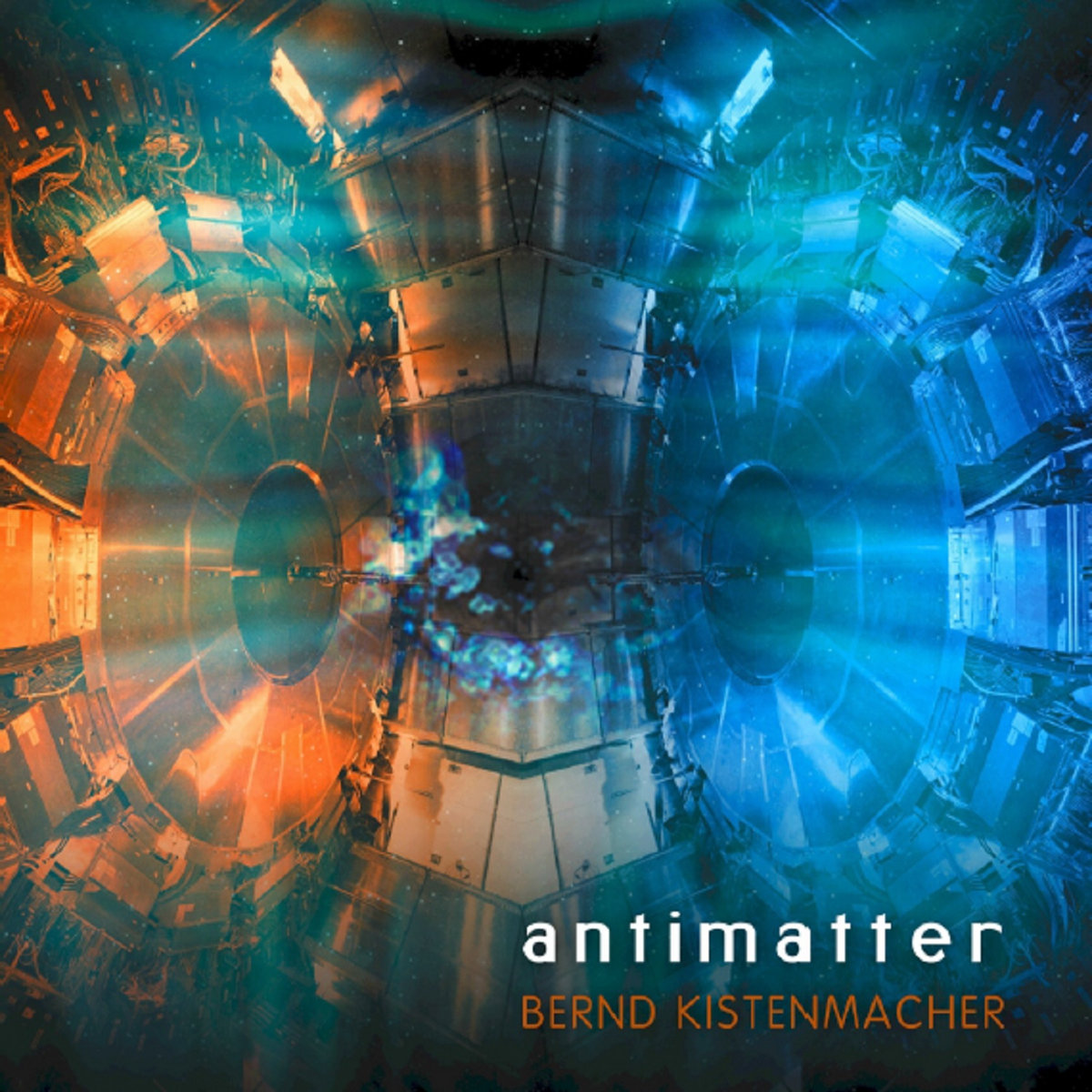

"The fact that our current-day universe is dominated by matter remains among the most perplexing, longstanding mysteries in modern physics," Cui said. Cui explained that new subatomic particle physics may be revealed by studying the imprint of the cosmological collider in the cosmos' contents today, such as galaxies and the cosmic microwave background.Ĭui and Zhong-Zhi Xianyu, an assistant professor of physics at Tsinghua University, report in the journal Physical Review Letters that by applying the physics of the cosmological collider and using precision data for measuring the structure of our universe from upcoming experiments such as SPHEREx and 21 cm line tomography, the mystery of the cosmic origin of matter may be unraveled. Subsequently, these microscopic structures seeded the large-scale structure of our universe, manifested today as the distribution of galaxies across the sky. "The inflationary universe behaved just like a cosmological collider, except that the energy was up to 10 billion times larger than any human-made collider."Īccording to Cui, microscopic structures created by energetic events during inflation got stretched as the universe expanded, resulting in regions of varying density in an otherwise homogeneous universe. "Cosmic inflation provided a highly energetic environment, enabling the production of heavy new particles as well as their interactions," Cui said. Yanou Cui, an associate professor of physics and astronomy at UCR, explained that it is widely believed that cosmic inflation, an era when the universe expanded at an exponentially accelerating rate, preceded the Big Bang. It turns out the early cosmos could have served as such a super-collider. But some new physics, such as that explaining dark matter and the origin of matter, can involve much heavier particles, requiring much higher energy than what a human-made collider can provide.

High energy colliders, such as the Large Hadron Collider, have been built to produce very heavy subatomic elementary particles that may reveal new physics.

2005.Physicists at the University of California, Riverside, and Tsinghua University in China have now opened a new pathway for probing the cosmic origin of matter by invoking the "cosmological collider." Yanagida, " Leptogenesis as the Origin of Matter", Annu. Shaposhnikov, “ Matter and antimatter in the Universe”, New Journal of Physics, vol. If Leptons could be created without their counterpart anti-leptons, stuff could be created without having to also create anti-stuff that would help explain why are we here and why our Universe is not only made of radiation. A discovery that this number is not conserved, would open the door for new physics beyond the Standard Model and offer an explanation for the imbalance of matter and antimatter in our Universe. The Standard Model of particle physics stipulates that the number of leptons and anti-leptons participating in a physical process must be conserved. Leptons are a subset of fundamental particles that include the electron, muon, tau, and neutrinos. Leptogenesis proposes that the asymmetry is produced by a violation of lepton-number conservation. One theory that explains this asymmetry is called Leptogenesis. you and everything around you exists, it's not just made of radiation. What we observe instead, is a matter-dominated Universe, i.e. To put it another way, if the Universe was born of equal amounts matter and antimatter, it should exist in that state now, which we do not observe. If we assume that equal amounts of matter and antimatter were produced in the Big Bang, then it is not clear why there should be an asymmetry in the modern day. When matter and antimatter interact, they annihilate, producing a photon. Our current understanding suggests that there was an equal amount of matter and antimatter following the Big Bang. So why did it turn out to be made from particles and not from antiparticles? This mystery is one of the most intriguing questions in modern physics, known as the matter-antimatter asymmetry of the Universe. The construction of an anti-Universe would have followed the same building rules as our matter-Universe. Therefore, one cannot but wonder why the Universe is not made of antimatter. For example, the electron and positron are each other's antiparticles. Most particles in our Universe have an antimatter counterpart, which has the same mass but opposite charge.


 0 kommentar(er)
0 kommentar(er)
